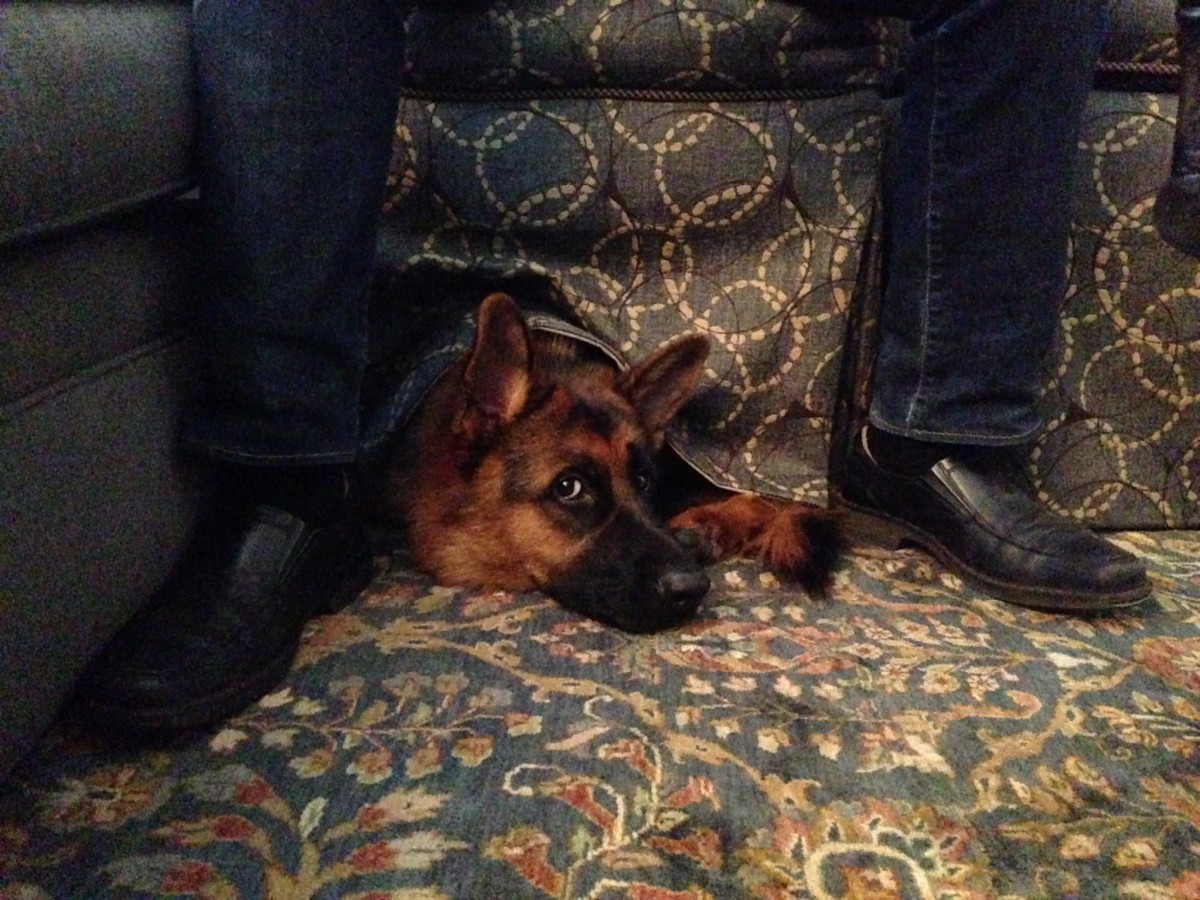If you’ve read our recent post, Management: The Cornerstone to Happy Living with Dogs: Part 1, please read on. If you didn’t read that yet, please take a step back and read it before you continue here.
When we talk about managing a dog for good behavior, it must be remembered that management goes far beyond individual behaviors. Similar to the findings of various twin studies in people, even more than with some genetic predispositions, the people (and the experiences created by them) in the dog’s life are the biggest variable in determining what kind of dog a puppy will grow to become. In other words, nurture is key. With that in mind, the management of your dog is really about managing the people, spaces and other experiences the dog comes in contact with. A well-managed dog is the sign of a very responsible owner.
Management can roughly be broken down into three categories:
- Responsibilities – who in your home is going to do what? Making sure you are dedicating quality time with your puppy is vital to establishing the relationship you’re going to have for the next several years. This includes time indoors, as well as time to see the world (just be sure you are focusing your efforts to exposing your dog to positive experiences and not testing their limits). It should be noted here that if you are finding the dog is favoring or ignoring certain people more than desired that a shift in responsibilities between family members can make a big difference. Other responsibilities don’t include the dog at all. Keeping doors shut, shoes picked up, and kitchen counters clear are simple things you can do that go a long way to nurture a great relationship with your dog.
- Rules – what is and isn’t allowed. Make sure everyone is on the same page. For instance, if Dad doesn’t feed the dog from the table but Mom does (or the neighbor or other family member does, even when asked not to), you can’t expect to raise a dog that doesn’t beg for food at inappropriate times. This brings up one of the most interesting conversations you’ll ever have as a dog owner: getting people (often neighbors, extended family members, and pet store employees) NOT to do certain things. People especially don’t like being told what not to do. So, start by being proactive. Tell them how you want them to interact with your dog. If they insist on doing what you don’t want them to do (and they often will), don’t be shy about being more forceful and essentially saying: “We don’t do that with our dog so you’re not going to either.” This seems harsh at first, but again, it’s a sign of responsibility so wear it like a badge. Your dog is relying on you to say what they can’t.
- Boundaries – where the dog is and isn’t allowed (these spaces should be determined and made safe even before the dog’s arrival, if possible). This is especially important when children who don’t reliably pick up after themselves are involved. Small plastic, human-scented toys scattered across the floor are an enticing and dangerous choke hazard for all dogs – especially puppies… not to mention a walking barefoot hazard to people.
Where training is about creating the behaviors you want your dog to do (sit, down, etc.), management is about avoiding the behaviors you don’t want your dog to do (begging, counter surfing, etc.). If you’re not going to want that adorable Bernese Mountain Dog sitting on your favorite chair with you when it’s 10x bigger than it is on the day you bring it home… don’t set that expectation. Not only is this just confusing, its downright unfair.
Notions of waiting for a period of time to start training are not only misguided, they’re potentially damaging. The same is true of management. For starters, dogs and people thrive on expectations. The earlier your expectations are set, the happier everyone involved will be. Most importantly, the age that most people bring their puppy home (7-9 weeks) is smack dab in the middle of the period of the puppy’s development known as, imprinting. Imprinting is the single most influential developmental time of a dog’s life. Their brain during this period is processing information at a rate that they will never achieve again. Have no doubt, the experiences that they have at this age can largely determine what kind of dog they are going to be.
Remember: Train the behaviors you want to create. Manage the behaviors you want to avoid. You are responsible.

